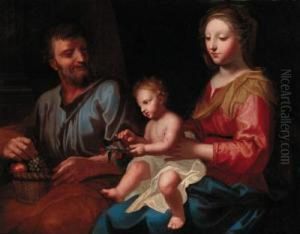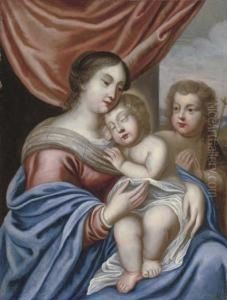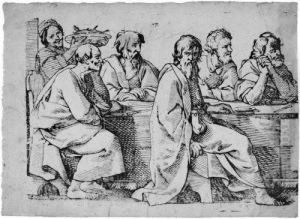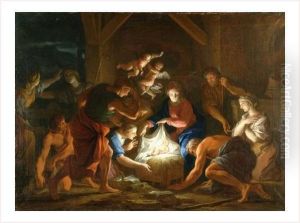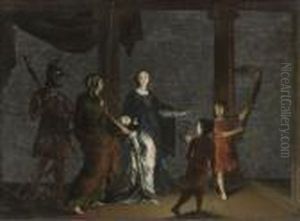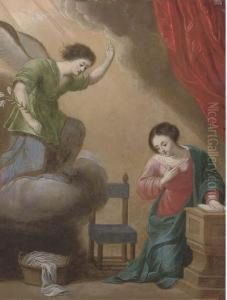Jacques De Stella Paintings
Jacques de Stella was a French painter, born on September 8, 1596, in Lyon, France. He came from a family of artists; his father, François de Stella, was a landscape painter, and his uncle, Claudius Stella, was also an artist. Jacques de Stella moved to Paris at an early age and was involved in the city's vibrant artistic community.
De Stella's early career saw him traveling to Italy, where he was deeply influenced by the works of the Italian masters, particularly Caravaggio and the Bolognese school. He spent a significant period in Rome, which was then a hub for artists from across Europe. During his time in Italy, de Stella developed a style that was characterized by strong chiaroscuro, dramatic lighting, and a focus on historical and religious subjects.
Upon his return to France, Jacques de Stella became a prominent figure in the French art scene. He was welcomed into the court of King Louis XIII and gained the patronage of Cardinal Richelieu. This support allowed him to work on a number of prestigious commissions, which often included altarpieces for churches and decorative works for royal residences.
The artist's work was marked by a blend of dynamic composition and a refined handling of light, which gave his paintings a distinct elegance and a sense of devotion. Notable works by de Stella include 'The Stoning of Saint Stephen' and 'The Martyrdom of Saint Barbara.' His paintings were known for their emotional intensity and their ability to convey complex narratives through a single image.
Despite his success, Jacques de Stella's life was not without challenges. He faced competition from other artists and the shifting tastes of the art market. Nevertheless, he maintained his reputation until his death in Paris on April 29, 1657. After his death, his works continued to be appreciated, and today, they can be found in various museums and collections around the world.
De Stella's legacy extends beyond his own paintings. He was an influential figure for younger artists, and his approach to painting helped shape the development of the French Baroque style. His emphasis on dramatic lighting and strong emotional content would resonate with artists for generations to come, leaving a lasting impact on the trajectory of French art history.


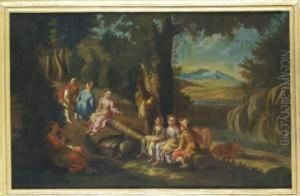
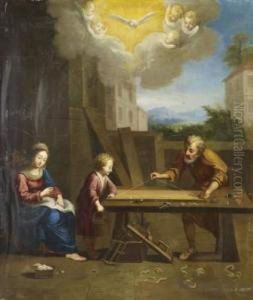

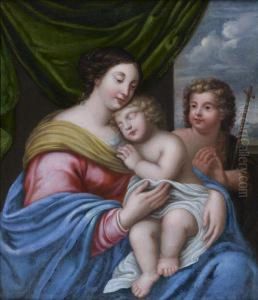


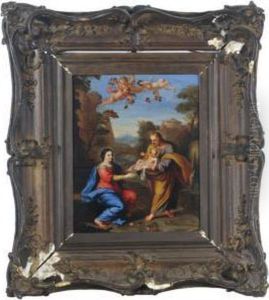


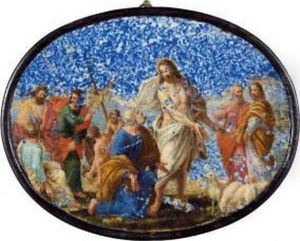





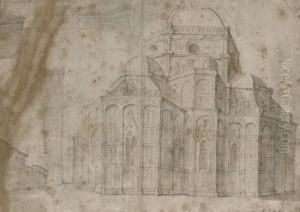








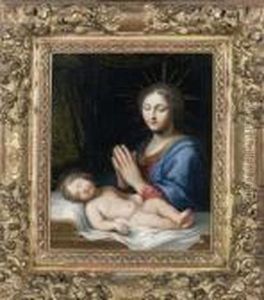

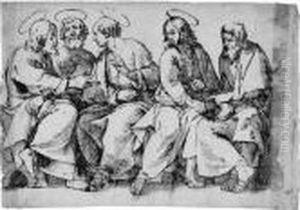









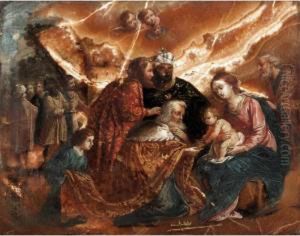

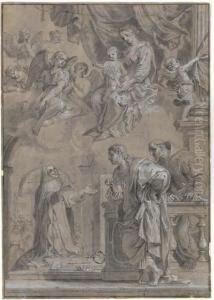






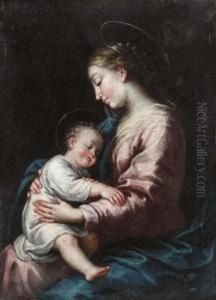




![[genre Scenes]](https://www.niceartgallery.com/imgs/1624127/s/jacques-de-stella-genre-scenes-a119beb4.jpg)

